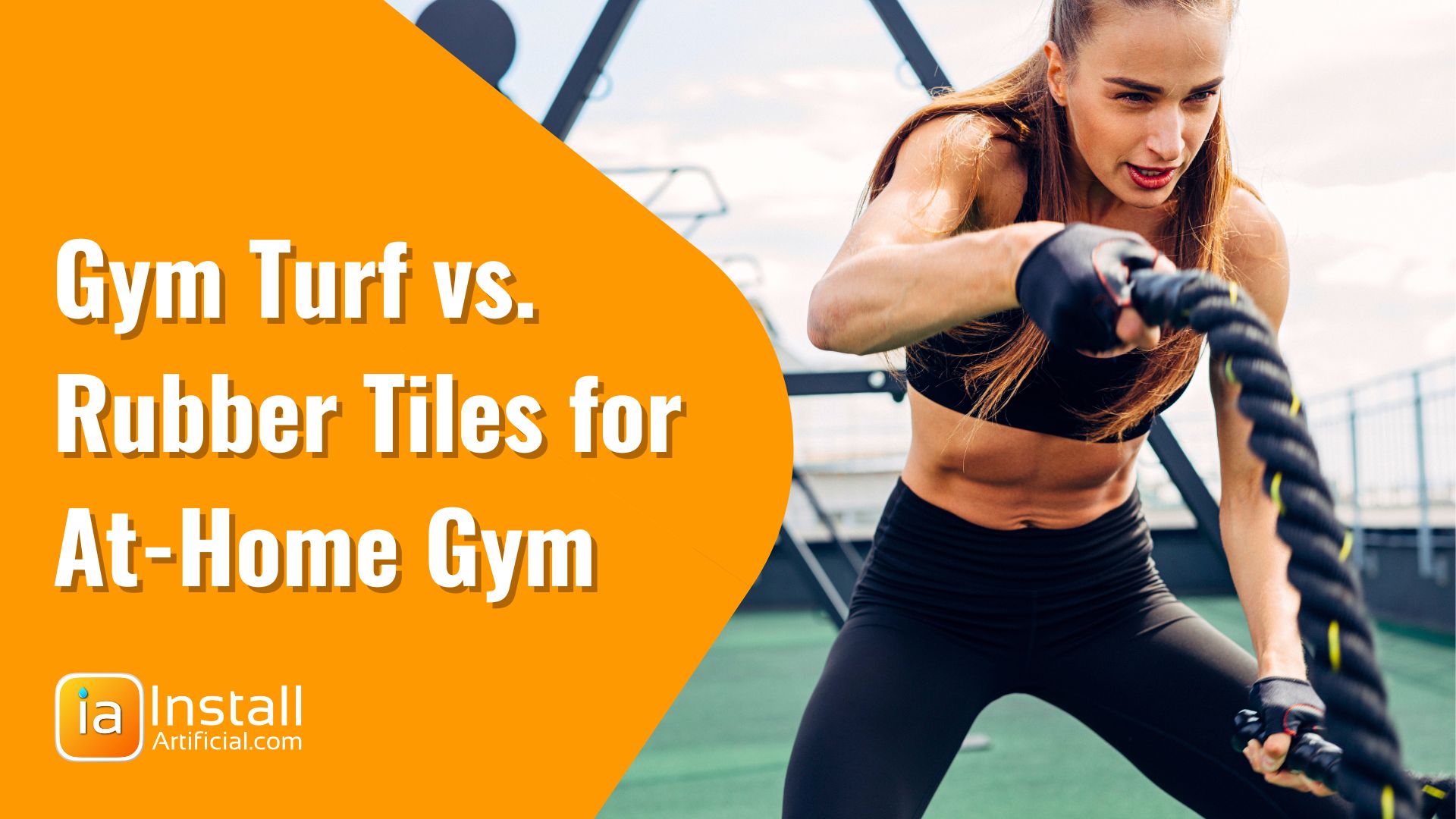
What is the best gym flooring? You'll be surprised to learn that the answer isn’t as obvious as you might think. We will break it down for you with an honest opinion,...
When it comes to creating a top-notch gym, choosing the right flooring is crucial. With so many sports turf options available, it can be overwhelming to decide. Avoid costly replacements by choosing the best gym turf for your space and intended use.
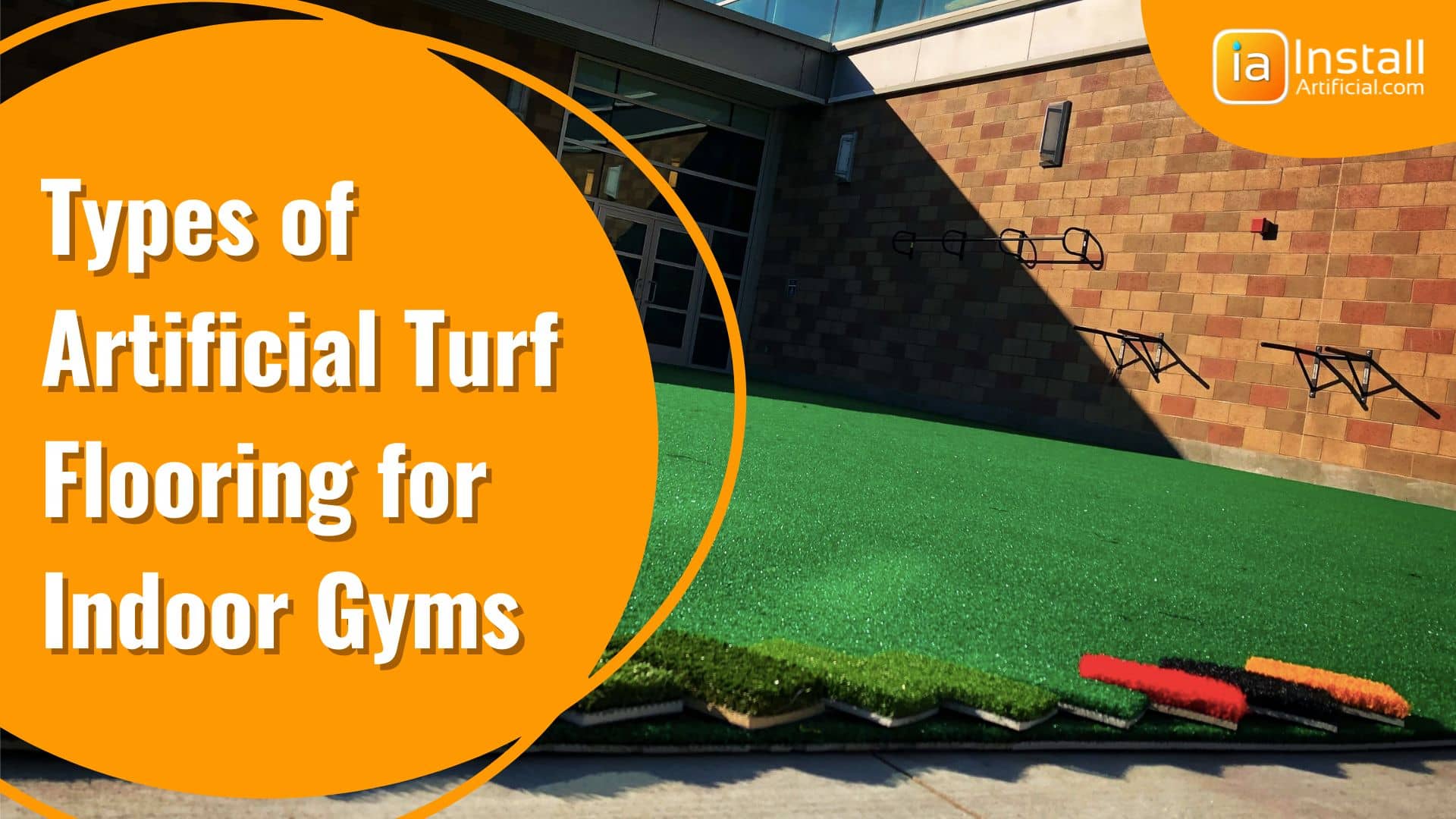
Artificial grass has gained popularity as an alternative gym flooring option in recent years. It offers several advantages such as durability, low maintenance, and a cushioned surface that reduces the risk of injuries. However, not all types of artificial grass for sports are created equal. In this article, we will compare the different types of artificial turf for gym flooring and help you choose the best artificial grass for your gym's needs.
Nylon is one of the most popular types of artificial grass for gym turf flooring because it is a high performance turf. It is known for its durability and resilience, which makes it ideal for high-traffic areas and gyms. Nylon turf can withstand heavy weights and gym equipment, making it suitable for weightlifting, cross-training, and other high intensity workouts in gyms. It also has a high resistance to abrasion and tearing, ensuring long-lasting performance.
Nylon is also easy to maintain, as it can be cleaned with a vacuum or a broom making it perfect for indoor turf. However, it can be expensive compared to other types of artificial grass for workout facilities. Additionally, it does not have the same level of shock absorption as other types of artificial turf flooring, which may increase the risk of injuries.
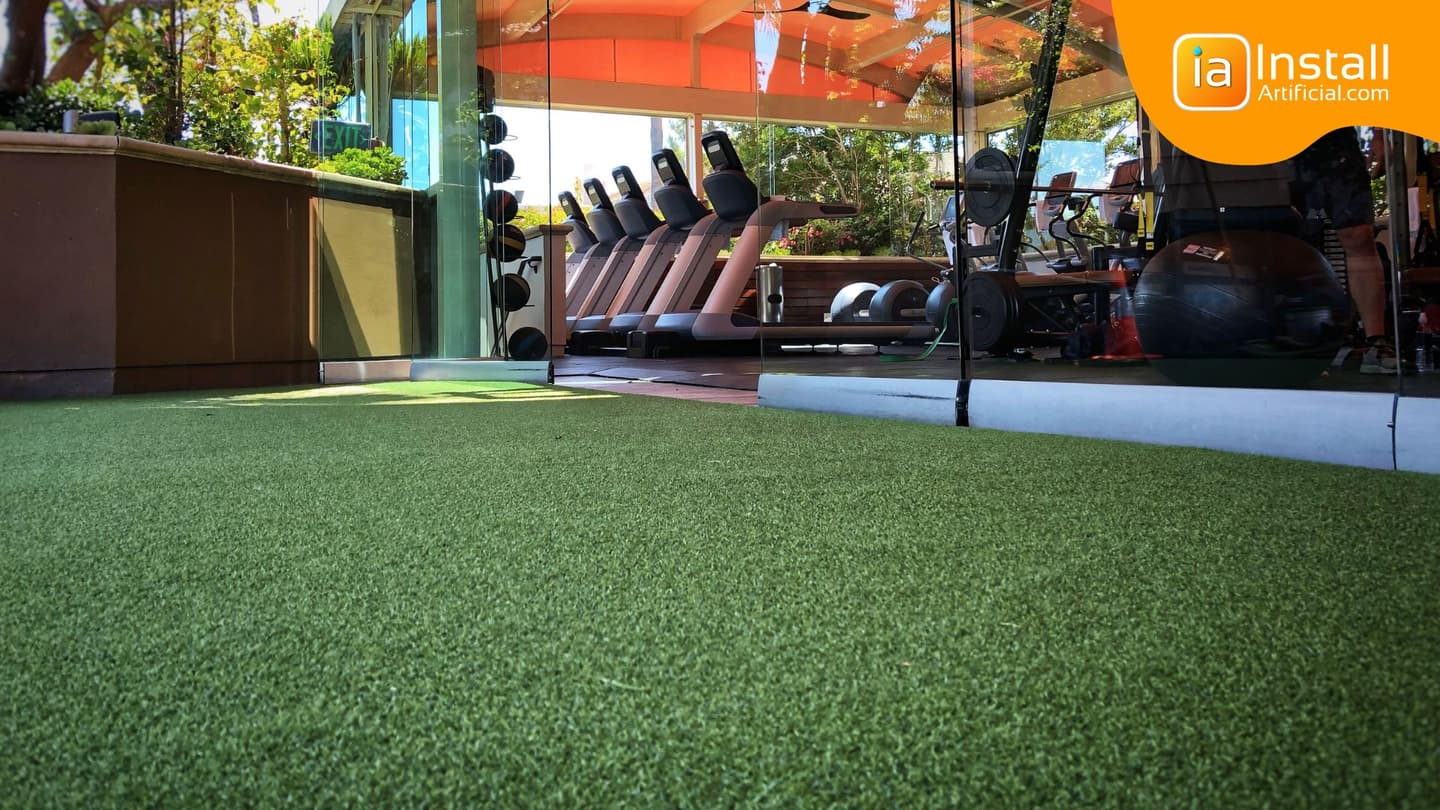
Polypropylene artificial grass is another popular type of indoor gym turf flooring. It is known for its affordability, making it a great choice for budget-conscious gym owners. Polypropylene gym turf is also lightweight, making it easy to install and move around. It is ideal for cardio exercises such as running, jogging, and aerobics.
Polypropylene turf flooring is not as durable as nylon turf and is prone to fading and wear and tear over time. It also has poor shock absorption, which may increase the risk of injuries during high-impact exercises. For this reason, polypropylene is not considered the safest of the gym turf options but can be ideal for home gyms.
Polyethylene synthetic grass is a newer type of flooring material for gym surfaces. This synthetic grass is known for its softness and comfort, making it ideal for yoga and stretching exercises. Polyethylene turf is also resistant to UV rays, ensuring that it will not fade or discolor over time if installed outdoors.
Polyethylene turf is also more affordable than nylon turf and has better shock absorption than polypropylene turf. However, it is not as durable as nylon turf and may not withstand heavy weights and equipment. For this reason, it may not be the best choice for commercial gyms or areas with heavy foot traffic. It also requires regular maintenance to keep it looking and feeling its best.
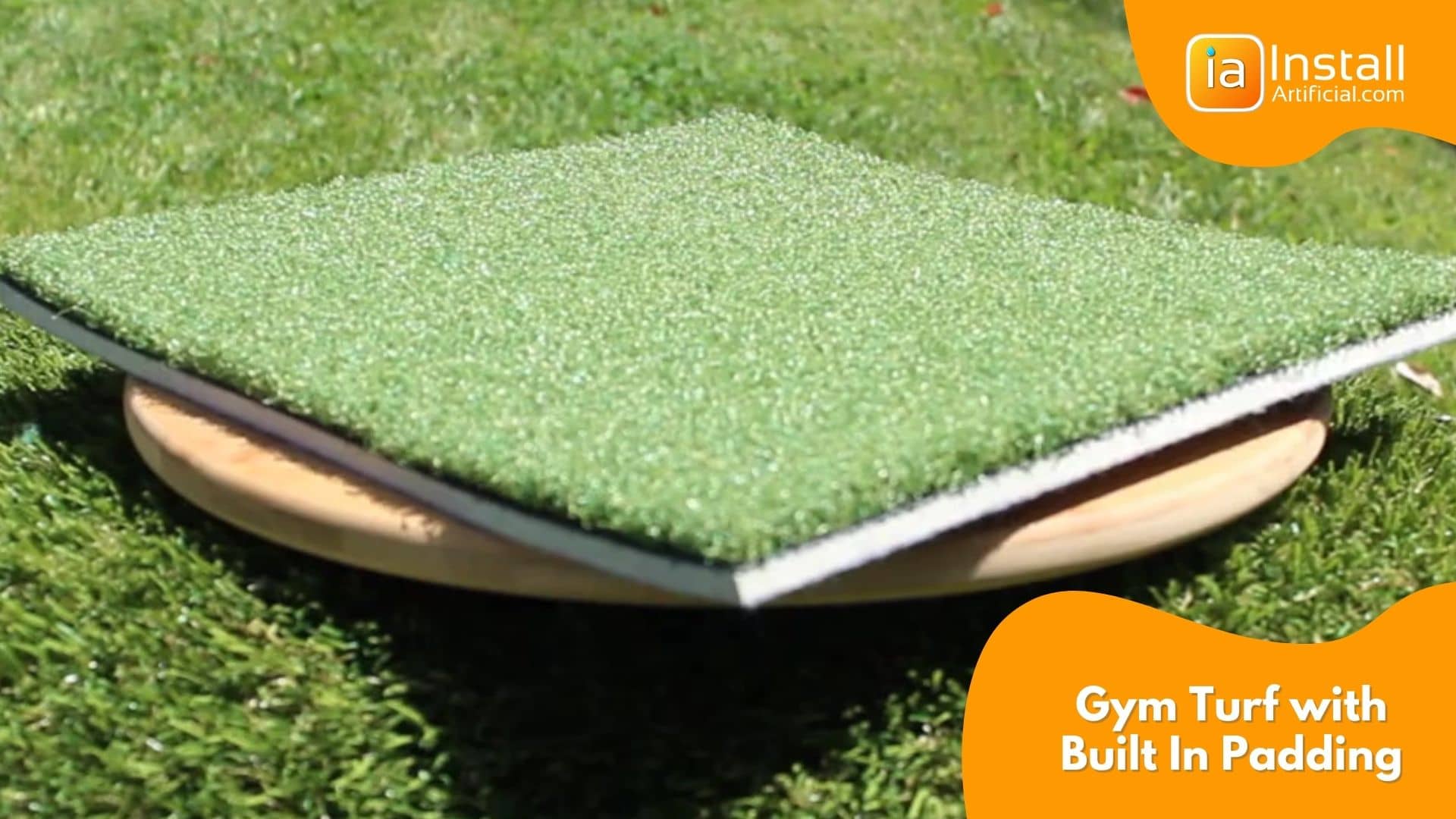
Rubber-backed artificial grass is a type of artificial turf that has a rubber backing. Padded sports turf is similar and shock absorbent, with a 5 mm pad attached to the backing. These types of gym turf offer superior cushion and are ideal for high impact workouts such as plyometrics and weightlifting. Rubber-backed or padded turf is also extremely durable and resistant to wear and tear, making it suitable for heavy equipment and high-traffic areas.
Padded or rubber-backed turf is easy to install and maintain and is available in a range of thicknesses and densities to suit different gym needs. However, it can be expensive compared to other types of artificial turf and may not be suitable for low-impact exercises such as yoga and stretching.
Choosing the right gym turf flooring option can be challenging, as each turf product offers different benefits and drawbacks. Nylon artificial turf is durable and resilient, while polypropylene turf is affordable and lightweight. Polyethylene grass offers softness and comfort, while rubber-backed and padded turf provides extra cushioning to prevent impact injuries or joint pain.
It is also important to consider factors such as durability, shock absorption, maintenance, and cost when making your decision on the best indoor turf for your space or garage. Let's take a closer look at each of these factors and how they apply to the different types of artificial turf for gyms.
Durability is an important consideration when choosing artificial turf for a gym floor and weight rooms. You want grass that can withstand heavy weights and equipment, such as those used for sled training, as well as high-traffic areas. Nylon artificial turf is known for its durability and resilience, making it a great choice for weightlifting and cross-training. It can also withstand abrasion and tearing, ensuring long-lasting performance. On the other hand, polypropylene turf is not as durable and is prone to fading and wear and tear over time. Polyethylene turf falls somewhere in between, with better durability than polypropylene but not as good as nylon.
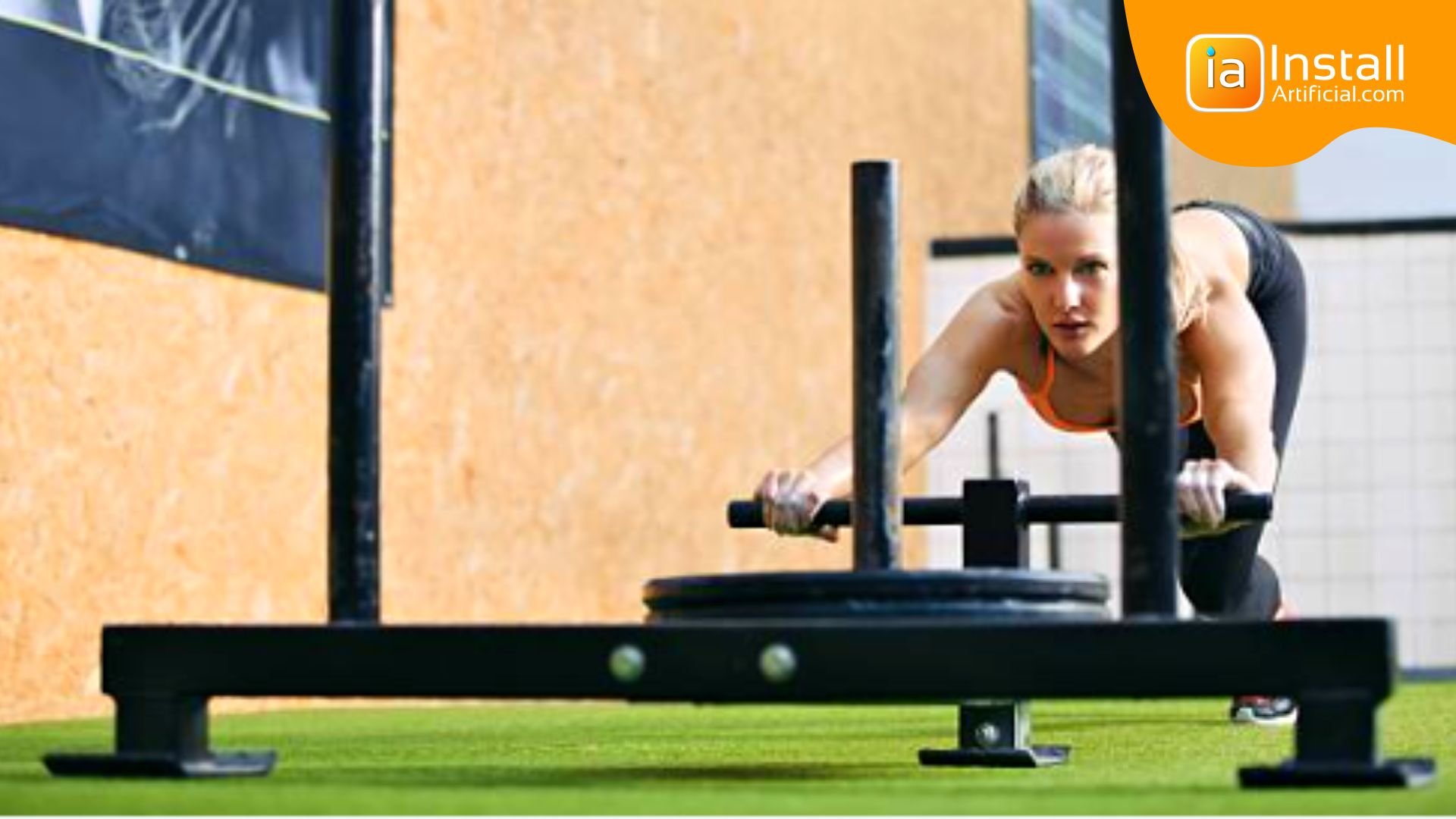
Shock absorption is another important consideration when choosing synthetic grass for custom gym turf flooring. You want a turf that can cushion athletes' joints and reduce the risk of injuries during intense workouts and strength training. Polyethylene and padded artificial turf are known for their superior shock absorption, making them ideal for high-impact exercises such as plyometrics and weightlifting. Nylon turf, on the other hand, does not have the same level of shock absorption, which may increase the risk of injuries.
Maintenance is an important consideration when choosing artificial turf for indoor gym flooring. You want gym turf that is easy to clean and maintain without requiring too much time and effort. Nylon and polypropylene artificial turf are both easy to maintain, as they can be cleaned with a vacuum or a broom. Polyethylene turf, on the other hand, requires regular maintenance, including brushing and cleaning, to keep it looking and feeling its best. Rubber or padding-backed turf also requires regular cleaning to maintain its shock absorption properties.
Cost is an important consideration when choosing artificial turf for gym flooring. Turf rolls are typically 15' wide and priced per square foot. You want a turf roll that is affordable and fits within your budget. Polypropylene turf is the most affordable option, making it a great choice for budget-conscious gym owners. Nylon turf is the most expensive option, but it offers superior durability and resilience. Padded sports turf or rubber-backed turf while also come at a higher cost due to the added layer. Polyethylene falls somewhere in between in terms of cost.
There are other factors to consider when choosing artificial turf options for gym flooring, such as texture, appearance, and installation. Polyethylene turf is known for its softness and comfort, making it ideal for yoga and stretching exercises. Padded synthetic turf is available in a range of thicknesses and densities to suit different gym needs. In terms of appearance, nylon and polyethylene turf can be made to look like natural grass. Polypropylene and rubber-backed turf may not have the same look and soft feel of real grass.
Now that you have a better idea of the different types of sports turf for gyms available, you'll be able to make an educated decision on the best turf flooring for your space. Start shopping for gym turf materials below! You'll be ready to unroll in no time.

What is the best gym flooring? You'll be surprised to learn that the answer isn’t as obvious as you might think. We will break it down for you with an honest opinion,...
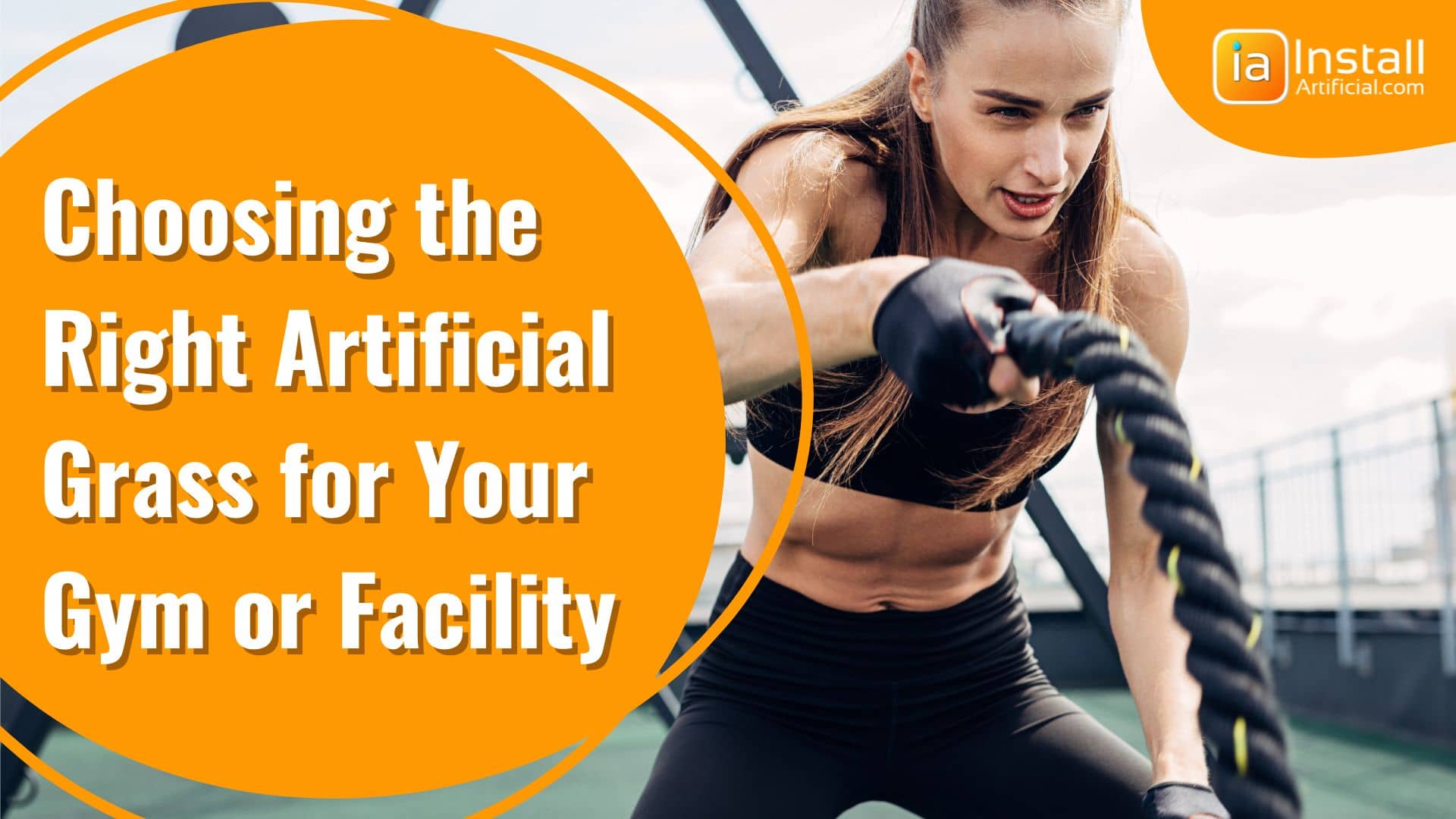
Artificial grass has become a popular natural grass alternative in landscaping, but turf is also the perfect flooring for gyms and fitness facilities. The low...